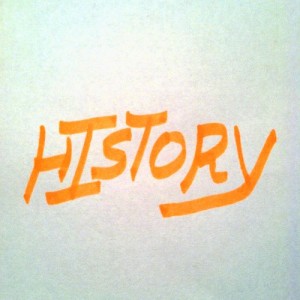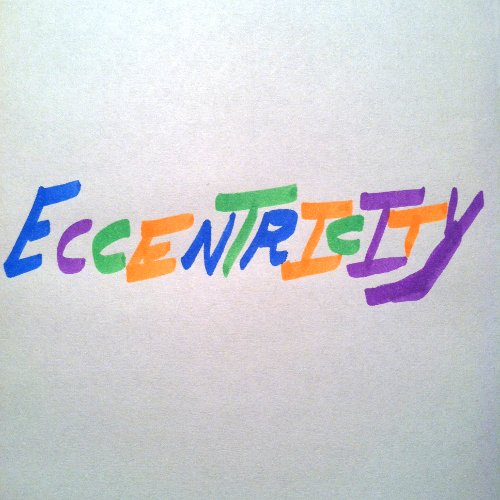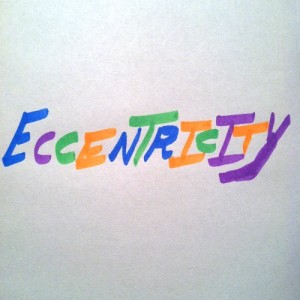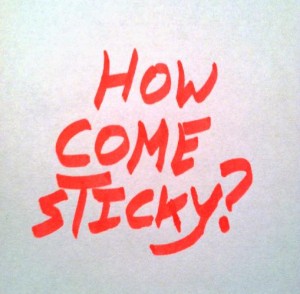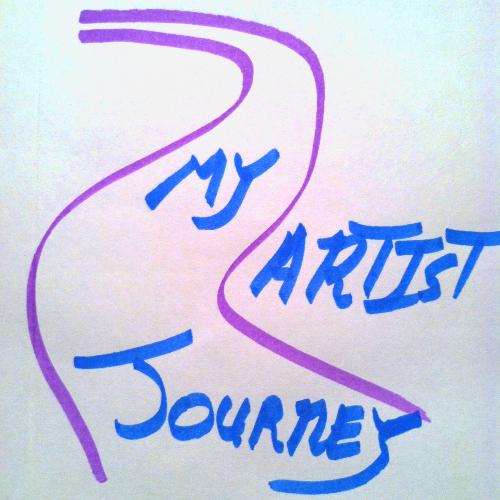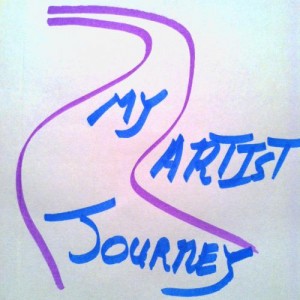Perhaps it is the artist in me, but there is something wonderous about a blank page. There is unlimited potential there, clean and unblemished.
A blank canvas is just waiting to become a painting – perhaps a lively abstract full of bright swooshes of color or a sombre portrait of an esteemed businessman. A sheet of paper can hold a charcoal scene of a mountain brook, a watercolor horse race, or a pastel still-life of flowers.
New materials provide a similar potential, waiting to be unleashed. Pencils, uniform in length and perfectly sharpened. Paint tubes still unsplattered and not yet twisted out of shape. Charcoal in precise bars, corners still sharp.
Others don’t feel the same way. They don’t see the future projects in the scraps of wood that I keep. They overlook the potential in the pieces of wire and bits of shell and stone that grab my attention. The art/craft section of a store holds no interest for them and they don’t wander about a hobby store in awed reverence, flooded with the swell of ideas and future projects.
By the same token, they probably see a notebook as just a collection of papers. A place to jot down ideas and capture information. There is no joy in picking up each different notebook, seeing how it feels in their hands, finding the one that calls to them.
To their advantage, they don’t feel the fear that a blank canvas, clean sheet of paper or new sketchbook provide. Aware of that potential, it’s easy to be overwhelmed by it – afraid that whatever marks I make will fall short. This is not a conscious fear, one that makes me shiver and hide. Unconscious, it is far more devious. A collection of new notebooks grows over time. A stack of canvasses and papers deepens. While I have a list of projects to work on, the fear holds me back, scared that what I see in my mind won’t be communicated through the work.
A common fear
I am not the only one who finds myself intimidated by a new notebook. Colin Wright has talked about it – to overcome his fear he immediately turns to the first page and scribbles all over it. From then on he can work freely, knowing that whatever he creates will be better than that original mark.
Steven Pressfield, in The War of Art, would call this fear The Resistance. That subconscious fear that would hold us back from completing our work. His advice for overcoming The Resistance is to continue to be aware of it and to Do The Work anyway. Push through, completing the work in a scheduled manner so that the schedule – working the plan – will overpower The Resistance.
This is a common fear, shared among artists. Numerous examples of the advice “make the first mark” are given. That first mark, no matter how small, releases the tension as if popping a balloon. With a mark made, we are free to continue on with our work – the terrifying empty perfection of the blank page has been marred. That first mark can be covered up and even the artist will forget where it began. Writers, staring at the blank sheet, need only start writing to cure writer’s block. The first few lines or paragraphs can later be thrown away as the day’s message begins to take shape.
A new notebook
I purchased a new notebook a few weeks ago. It was on sale at the store (I still love the back-to-school season) and I couldn’t resist picking it up, though I had no specific plans for it. But then, not knowing what to use it for, I have been afraid to mess up its blank perfection.
Now I have an inkling of an idea, but that doesn’t matter. I’m going to write on the first page. My name seems safe enough. I can’t mess that up, but it also serves to claim the notebook as mine – a place to capture my thoughts, ideas and visions. I am going to doodle, scribble, and otherwise fill the first page with something.
Ahh.. marks are made. The first page is filled. In pen.
As I started, more ideas came. Popping that balloon, releasing that pressure, provided an escape for ideas and I can continue on.
Blank pages are intimidating. But they can be over-come. Action has power and boldness strikes away fear. Make that first mark and begin your work!
